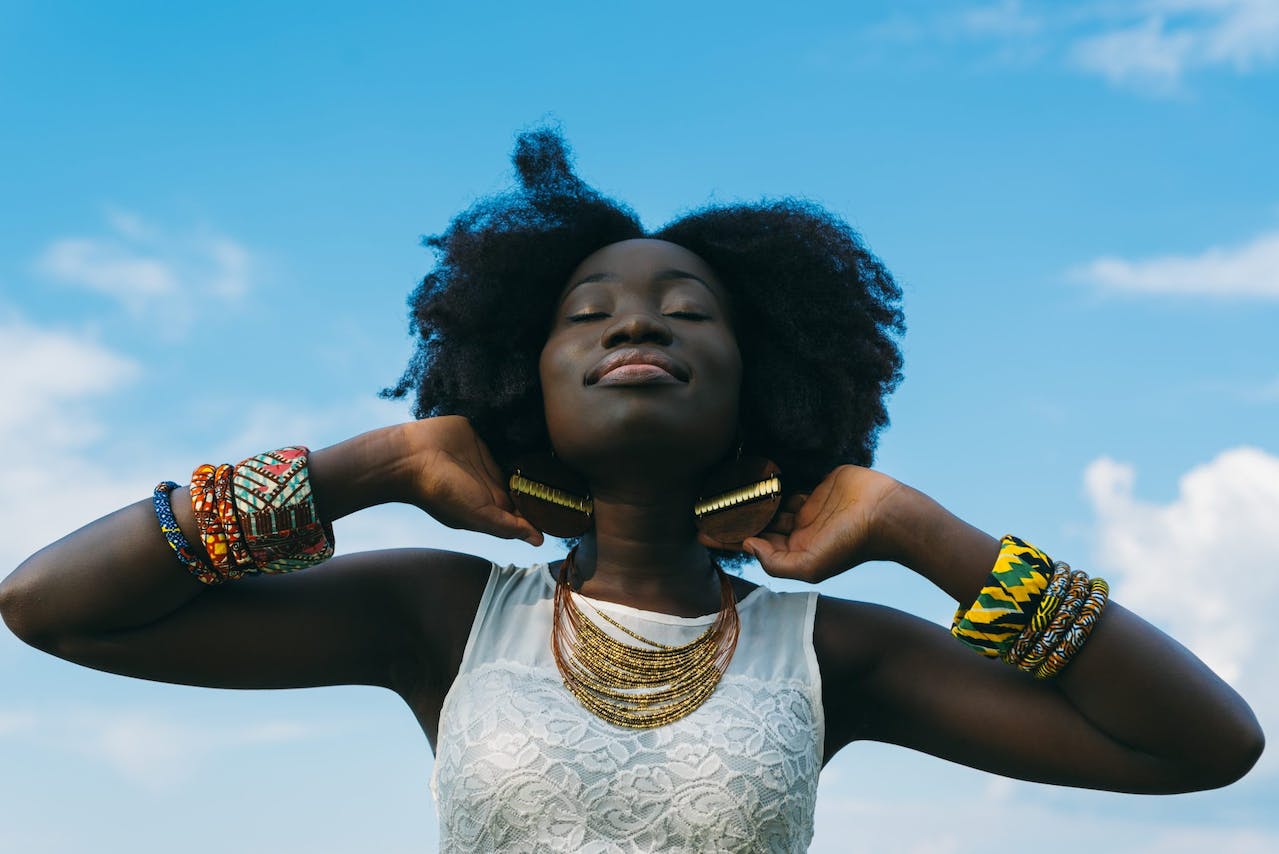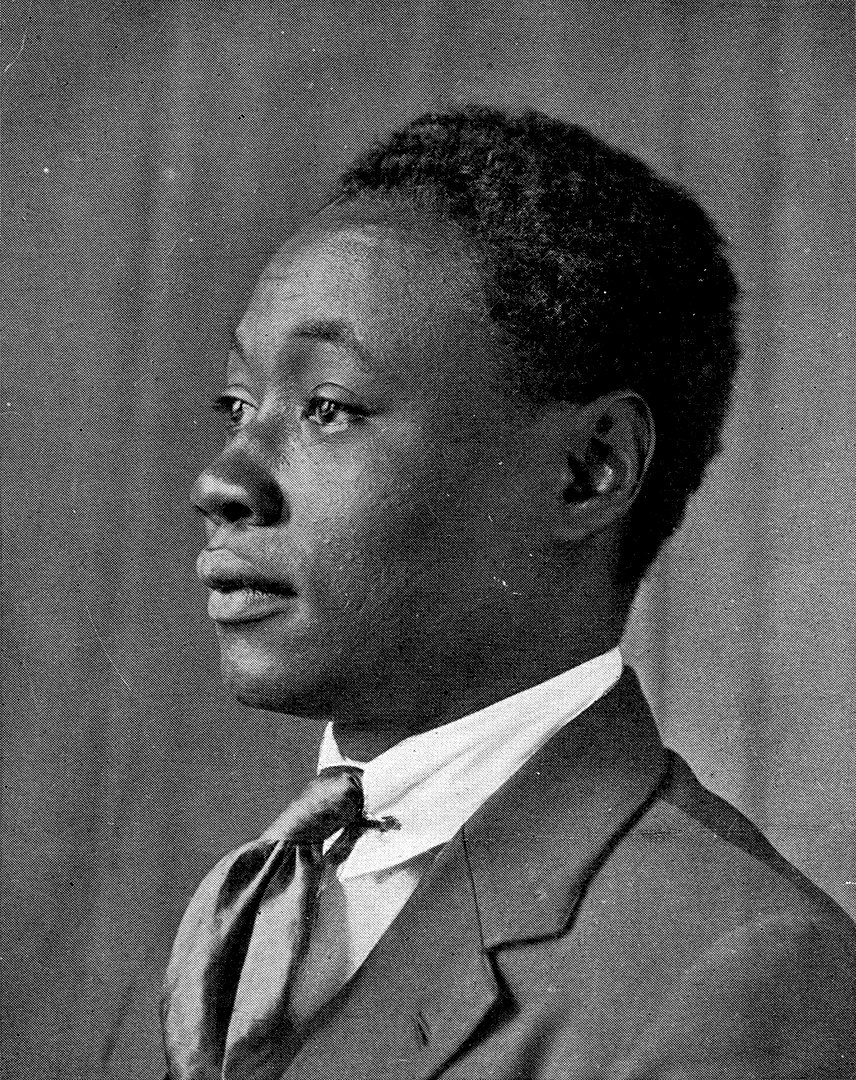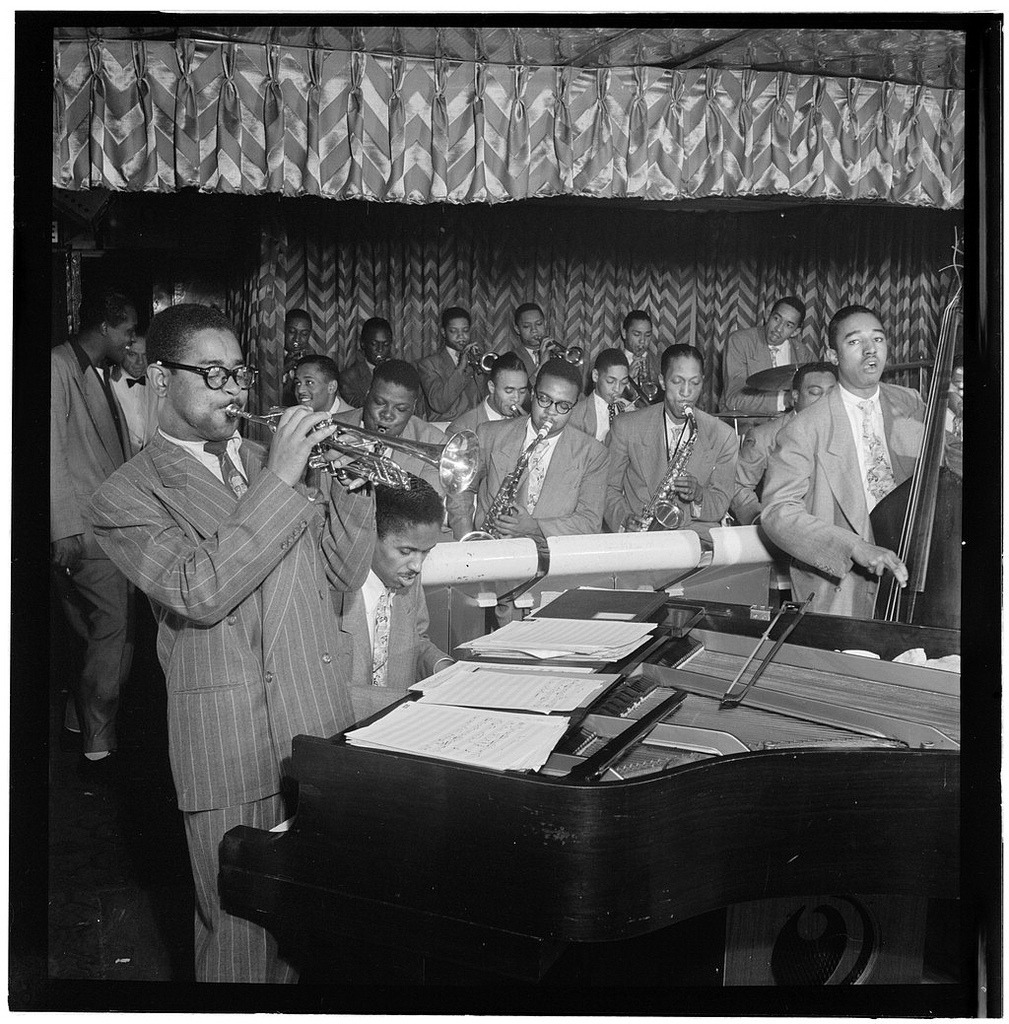The Harlem Renaissance, a pivotal period in American history, marked a flourishing of African American culture, particularly in the arts and literature, centered in Harlem, New York City, during the 1920s and 1930s. This cultural movement was a reawakening, a celebration of black heritage and an assertion of African American intellectual and artistic independence. It was a time when African American writers, artists, musicians, and thinkers sought to redefine the black identity and express the richness of their cultural heritage, challenging the pervasive racial stereotypes and prejudices.
Origins and Influences
The Harlem Renaissance, often described as a golden age in African American culture, was not an isolated phenomenon but the culmination of multiple social, economic, and cultural currents that converged in Harlem, New York City. The origins and influences of this movement can be traced back to a confluence of factors that set the stage for a remarkable explosion of creativity and intellectual activity.
The Great Migration – A Catalyst for Change
The late 19th and early 20th centuries witnessed a seismic shift in the African American demographic landscape, known as the Great Migration. This mass movement of approximately six million African Americans from the rural South to the urban North was driven by a desire for a better life, away from the agricultural oppression and the harsh realities of Jim Crow laws that enforced racial segregation and disenfranchisement. Cities in the North, including New York, Chicago, and Philadelphia, promised industrial jobs, greater freedoms, and the hope of social and economic advancement.
Harlem, in particular, became a beacon for these migrants. Its affordable housing and burgeoning black community offered a sense of belonging and opportunity. As the population grew, so did the cultural, social, and intellectual ferment, setting the stage for Harlem to become the epicenter of an unprecedented African American cultural awakening.
The New Negro Movement – Intellectual Foundations
Parallel to the demographic changes, the ideological groundwork for the Harlem Renaissance was being laid by the New Negro Movement. This movement, which gained momentum in the 1910s and 1920s, challenged the prevailing racial stereotypes perpetuated by American society and asserted the dignity, rights, and creative potential of the African American community. It called for a reevaluation of what it meant to be black in America and encouraged African Americans to take pride in their cultural heritage.
Cultural Synthesis and Innovation
The Harlem Renaissance was characterized by a remarkable synthesis of African American cultural forms, drawing from the South’s oral and folk traditions and merging them with the urban experiences of the North. This fusion gave rise to new artistic expressions in literature, music, visual arts, and performance. Jazz and blues, rooted in African American musical traditions, evolved and thrived in Harlem’s nightclubs, becoming the soundtrack of the Renaissance and influencing generations of musicians worldwide.
In literature, Harlem Renaissance writers explored themes of racial identity, alienation, and the quest for equality, while also celebrating the richness of black culture. Their works were a direct challenge to the racial prejudices of the time and sought to redefine the African American experience.
Prominent Intellectuals and Activists During Harlem
During the Harlem Renaissance, several prominent intellectuals and activists made significant contributions to the cultural, social, and political landscape of the era. Here’s a list of some key figures:
- W.E.B. Du Bois – A co-founder of the NAACP and editor of its magazine, The Crisis, Du Bois was a leading voice for civil rights and the intellectual leader of the New Negro Movement.
- Alain Locke – Often referred to as the “Father of the Harlem Renaissance,” Locke’s anthology “The New Negro” was instrumental in defining the cultural movement and its aesthetics.
- Marcus Garvey – A proponent of Black Nationalism and Pan-Africanism, Garvey founded the Universal Negro Improvement Association (UNIA) and was a significant figure in promoting racial pride and economic self-sufficiency.
- Langston Hughes – As a poet, novelist, and playwright, Hughes was one of the leading literary voices of the Harlem Renaissance, known for his insightful, colorful portrayals of black life in America.
- Zora Neale Hurston – A novelist, anthropologist, and folklorist, Hurston’s work celebrated African American culture and traditions, making her one of the most important women writers of the era.
- Claude McKay – A poet and writer, McKay’s works, including the seminal poem “If We Must Die,” explored themes of racial injustice and called for resistance against racial discrimination.
- James Weldon Johnson – A novelist, poet, and civil rights activist, Johnson served as an executive secretary of the NAACP and was a key literary figure, known for his writing and for composing the Black National Anthem, “Lift Every Voice and Sing.”
- Aaron Douglas – A leading visual artist of the time, Douglas’s work incorporated African elements and is considered quintessential to the visual art of the Harlem Renaissance.
- Bessie Smith – Known as the “Empress of the Blues,” Smith’s music was emblematic of the Harlem Renaissance’s sound, embodying the struggles and aspirations of the African American experience.
- Duke Ellington – A legendary jazz composer and bandleader, Ellington’s music became one of the most influential sounds of the Harlem Renaissance, contributing significantly to the era’s cultural landscape.
These individuals, among others, played critical roles in shaping the intellectual, cultural, and political contours of the Harlem Renaissance, leaving a lasting legacy on American culture and society.
Literature and Poetry
Literature and poetry were indeed pivotal elements of the Harlem Renaissance, serving as powerful mediums through which African American writers could articulate their identities, aspirations, and frustrations. The period was marked by a remarkable outpouring of literary production that included poetry, novels, essays, and plays, with themes ranging from the African American experience and racial pride to the harsh realities of racism and segregation.
Langston Hughes and the Poetry of the People
Langston Hughes stands out as one of the most prominent poets of the Harlem Renaissance. His work was deeply influenced by the rhythms and themes of jazz and blues music, which he incorporated into his poetry to capture the essence of African American life. Hughes’s poems spoke to the experiences of the working class, the joys and sorrows of black life in America, and the resilience of the black spirit. His famous poem “The Negro Speaks of Rivers” is an eloquent reflection on the broad sweep of African American history and the deep roots of black culture. Hughes’s ability to blend lyrical artistry with social commentary made his work a cornerstone of the Renaissance literary movement.
Zora Neale Hurston and the Celebration of Black Culture
Zora Neale Hurston was another key literary figure, known for her contributions to both literature and anthropology. Her novel “Their Eyes Were Watching God” is a seminal work that explores the life of an African American woman in the early 20th century, addressing themes of identity, autonomy, and empowerment. Hurston’s work was notable for its rich portrayal of African American dialect and folklore, capturing the unique cultural heritage of black communities in the South. Her anthropological studies, which included collections of African American folklore, also contributed to a deeper understanding and appreciation of black cultural traditions.
Claude McKay and the Voice of Protest
Claude McKay, originally from Jamaica, brought a more militant tone to the literary expressions of the Harlem Renaissance. His poem “If We Must Die” became an anthem of resistance against racial violence and injustice, embodying the combative spirit that characterized much of McKay’s work. His novels and poems addressed the struggles of black individuals in both America and abroad, highlighting the global dimensions of the black experience and the solidarity among people of African descent. McKay’s assertive stance against racism and his call for political action added a critical dimension to the Renaissance’s literary landscape.
Literary Societies and Journals
The flourishing of literature during the Harlem Renaissance was also supported by the establishment of literary societies and the publication of journals that provided platforms for African American writers. Magazines such as “The Crisis,” edited by W.E.B. Du Bois, and “Opportunity,” edited by Charles S. Johnson, were instrumental in nurturing and showcasing black literary talent. These publications hosted literary contests, published reviews, and provided critical commentary on the social and political issues affecting African Americans, thereby fostering a vibrant literary community.
Visual Arts and Music
During the Harlem Renaissance, the visual arts and music were vibrant expressions of African American creativity, reflecting the community’s history, struggles, and aspirations. This period saw a remarkable fusion of African cultural heritage with the contemporary experiences of African Americans, leading to innovative artistic and musical forms.
- A Canvas for Black Identity: The visual arts scene of the Harlem Renaissance was dynamic and diverse, featuring artists who explored various themes related to African American life and history. Aaron Douglas, often referred to as the “father of African American art,” was a pivotal figure whose work embodied the ethos of the Renaissance. His distinctive style, characterized by the use of silhouettes, angular compositions, and African motifs, conveyed the African American experience’s richness and complexity. Douglas’s murals and illustrations often depicted scenes from African American history and folklore, serving as visual narratives that celebrated black heritage and critiqued social injustices.
- The Soundtrack of the Renaissance: Music, particularly jazz and blues, was at the heart of the Harlem Renaissance, providing a soundtrack that captured the era’s spirit of innovation and resistance. Jazz, with its roots in African American musical traditions, embodied the complexity of the African American experience, blending sorrow and joy, tradition and improvisation.
Duke Ellington, a legendary composer and bandleader, became one of the most influential figures in jazz music during this period. His performances at Harlem’s Cotton Club, a renowned venue for jazz, introduced innovative compositions that showcased the genre’s sophistication and emotional depth.
- Key Venues: Harlem’s nightlife was animated by its clubs and theaters, which served as the main stages for the era’s musical and artistic performances. The Cotton Club, while controversial for its segregationist policies, played a significant role in popularizing jazz and featured performances by many of the era’s top African American musicians. The Apollo Theater, another landmark venue, was instrumental in launching the careers of numerous African American performers and became a symbol of Harlem’s cultural vitality.
- Impact on the NYC scene: The visual arts and music of the Harlem Renaissance left an indelible mark on American culture, challenging racial stereotypes and showcasing the richness of African American artistic expression. The movement’s artists and musicians drew from their African heritage and contemporary experiences to create works that resonated with both the joys and sorrows of black life in America. Their legacy continues to inspire artists and musicians, shaping America’s cultural landscape and serving as a testament to the power of art and music as forces for social change and cultural affirmation.
Legacy of the Harlem Renaissance
The Harlem Renaissance was more than just a cultural and artistic explosion; it was a significant turning point in the African American narrative, deeply impacting American society and echoing through subsequent generations. The movement not only confronted and challenged the pervasive racial prejudices of its time but also laid a critical foundation for the Civil Rights Movement, fostering a renewed sense of identity and empowerment within the African American community.
Cultural Reawakening and Racial Pride
One of the most enduring impacts of the Harlem Renaissance was its role in redefining African American identity. Through its literature, art, and music, the movement celebrated the richness of black heritage, challenging the demeaning stereotypes prevalent in American society. Figures like Langston Hughes and Zora Neale Hurston, through their writings, and artists like Aaron Douglas, through their visual works, depicted the beauty, strength, and resilience of the African American spirit. This cultural reawakening ignited a sense of pride and a deeper understanding of racial identity among African Americans, encouraging them to embrace their heritage and assert their rightful place in American society.
Paving the Way for Civil Rights
The Harlem Renaissance also played a crucial role in the genesis of the Civil Rights Movement. The intellectual and cultural groundwork laid by the movement’s figures provided the ideologies and strategies later adopted by civil rights leaders. The assertiveness and demand for equality and respect found in the works of Harlem Renaissance figures resonated with and inspired those who led the fight for civil rights in the 1950s and 1960s. The movement’s emphasis on social justice and equality helped to foster a political environment conducive to the activism that characterized the Civil Rights Movement.
Global Influence and Solidarity
The influence of the Harlem Renaissance extended beyond the confines of Harlem or even the United States, reaching into the African diaspora and influencing global black culture. The movement highlighted the interconnectedness of people of African descent worldwide and contributed to a sense of solidarity and shared identity. It inspired similar movements and cultural expressions in other parts of the world, where African descendants were fighting against colonialism, racism, and for their civil rights.
Enduring Legacy in Arts and Culture
The artistic and literary contributions of the Harlem Renaissance have left a lasting legacy in American culture. The movement’s literature, music, and art continue to be celebrated and studied for their aesthetic innovation and profound social commentary. The Harlem Renaissance laid the groundwork for future generations of African American artists, writers, and musicians, setting a precedent for creative excellence and social engagement. The works produced during this period have become an integral part of the American cultural canon, taught in schools and universities, and continue to influence contemporary artists and thinkers.
Continued Relevance and Reflection
Today, the Harlem Renaissance is remembered not only for its artistic achievements but also for its role in challenging the status quo and advocating for change. It serves as a reminder of the power of cultural expression as a catalyst for social progress. The movement’s emphasis on racial pride, cultural heritage, and social justice continues to resonate, informing current discussions on race, identity, and equality in America and around the world.
Conclusion
The Harlem Renaissance was more than just a literary or artistic movement; it was a declaration of African American intellectual and cultural independence. It was a period where the voices of black Americans were heard louder and clearer than ever before, resonating through the annals of American history and continuing to inspire generations. The Harlem Renaissance not only marked the birth of black culture in NYC but also heralded a new chapter in the narrative of American society, one that acknowledged the rich tapestry of diversity that defines the nation.



